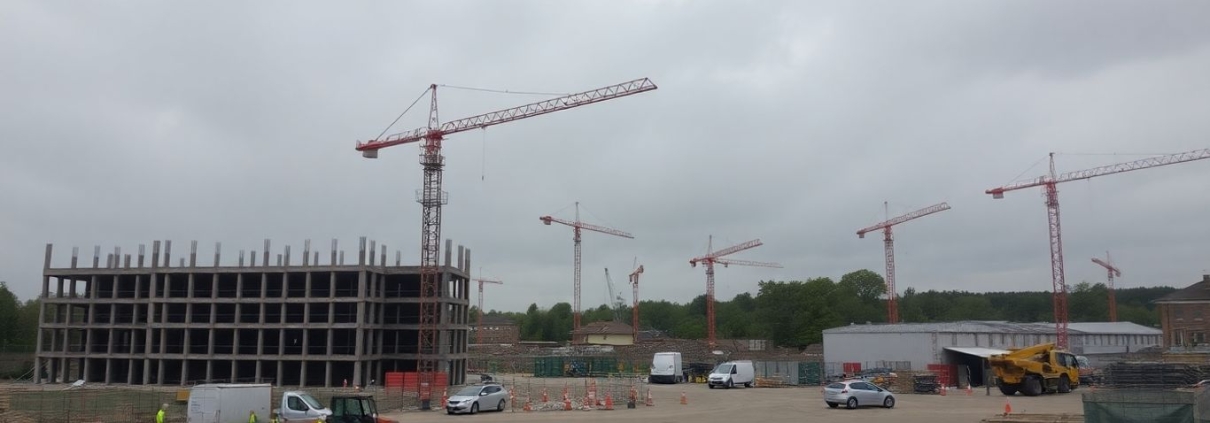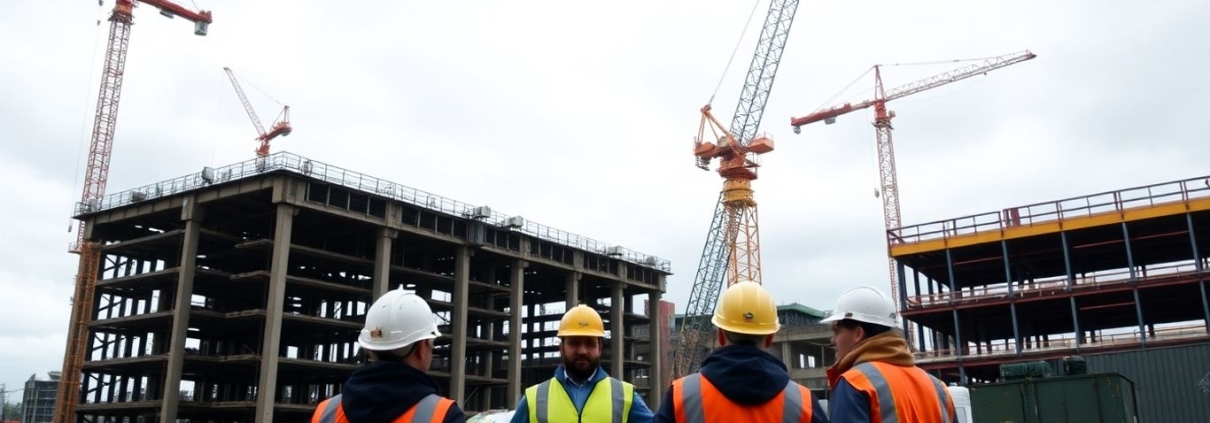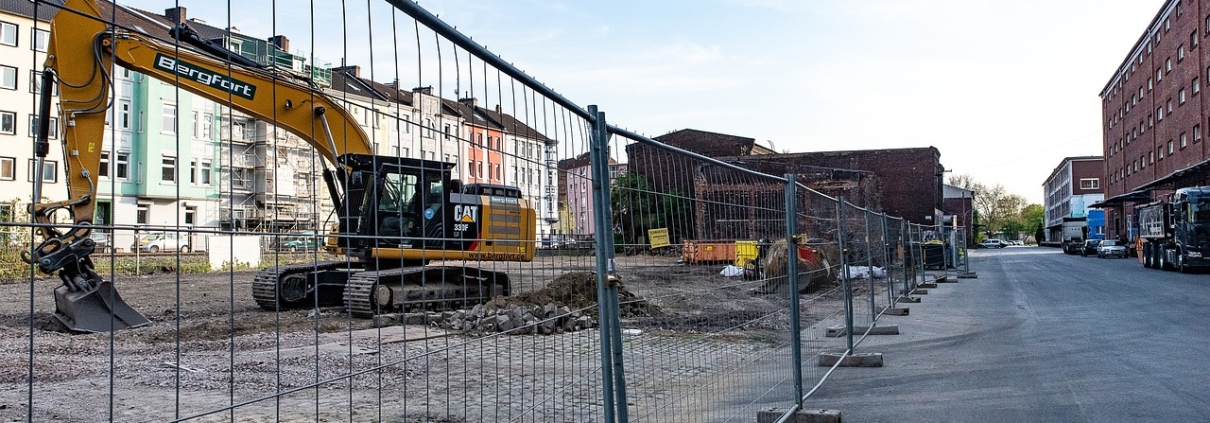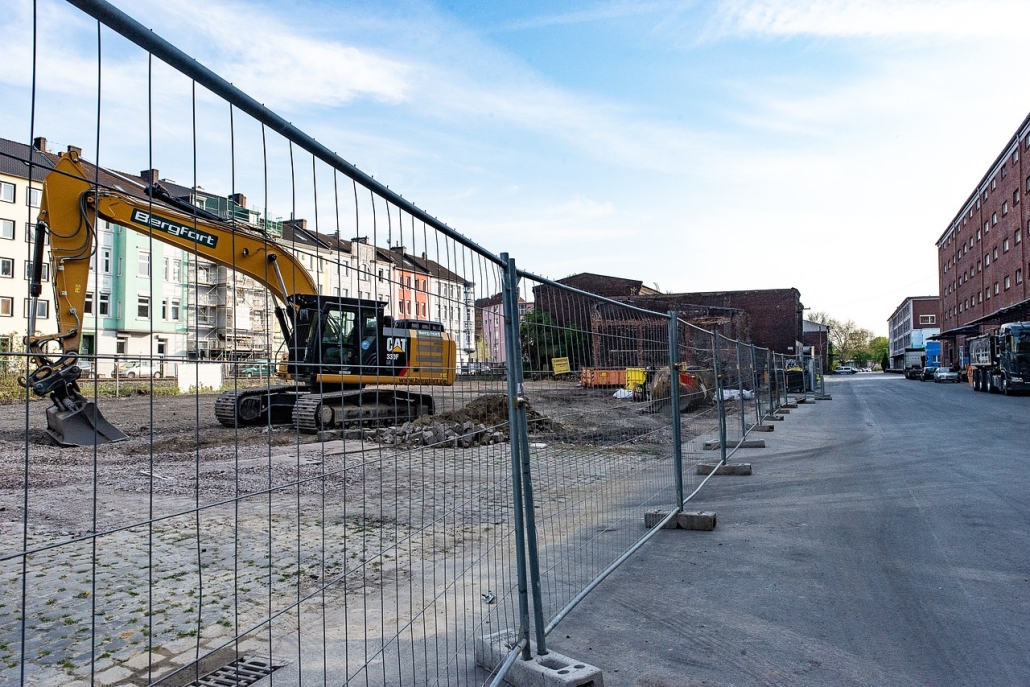HE Simm Group Collapse Leaves Suppliers £18m Out of Pocket
The sudden collapse of HE Simm Group has rocked the UK construction industry, with the long-established MEP contractor leaving behind debts of £18 million and no prospect of repayment for many suppliers and subcontractors. The administration has deeply affected 127 staff and multiple partners, highlighting wider industry pressures.
Key Takeaways
- £18 million in unpaid debts left to creditors, with little hope of recovery
- 127 staff members left with £214,000 in unpaid wages and entitlements
- Major losses stemmed from high-profile London projects post-pandemic
- Supported by £17m in shareholder backing, efforts to rescue failed
- Collapse came amid rising costs, supply chain turmoil, and a major client’s failure
Mounting Losses on Fixed-Price Projects
HE Simm Group, a family-run MEP contractor with a strong industry reputation, faced financial turmoil stemming from several fixed-price contracts in central London. These included notable projects such as the Riu Hotel and Ebury Bridge flats, which quickly became loss-making ventures amid soaring material prices, ongoing supply chain disruptions, labour shortages, and project delays. The anticipated post-pandemic recovery in construction failed to materialise, placing mounting pressure on margins.
By late summer 2023, internal reviews revealed that six projects in the southern division accounted for £20 million in losses—a devastating blow that signalled the beginning of the end for the group.
Funding Efforts Prove Insufficient
Despite a longstanding client base and remarkable shareholder commitment, including a £9.9 million equity injection as recently as June 2025, HE Simm was unable to stem its losses. Additional efforts such as a £5 million fundraising round in early 2025 momentarily buoyed the company’s finances but failed to offer long-term stability. The withdrawal of credit insurance, the collapse of a key client, and the cancellation of further projects ultimately proved insurmountable.
Administration and Fallout for Staff and Partners
By September 2025, the cash flow crisis became acute—with suppliers refusing material deliveries. The group was forced into administration, leaving staff owed around £214,000 in outstanding wages and entitlements. The administrator’s report confirmed that suppliers and subcontractors are unlikely to receive any significant repayments, compounding the financial shockwaves felt throughout the sector.
Broader Implications for the Construction Industry
HE Simm’s demise is the latest in a succession of high-profile contractor failures, underscoring the challenges facing construction firms grappling with unpredictable economic conditions and persistent supply chain issues. Industry observers warn that unless contractual models adapt and clients acknowledge rising cost pressures, more collapses may follow.
Contractors, suppliers, and project owners are being urged to review risk exposure across the supply chain and to build resilient business models against ongoing market volatility.
Further Reading
- HE Simm collapse leaves £18m debt trail, Construction Enquirer.














